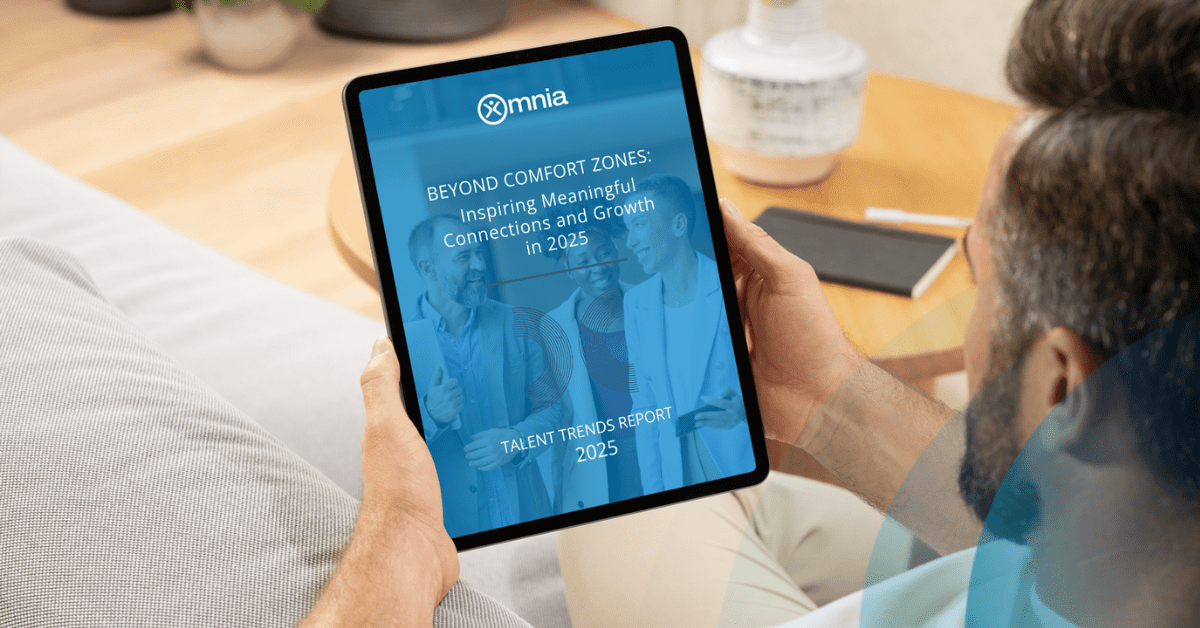Wouldn’t it be wonderful if we could change our personalities at will? We could reduce conflict, increase communication, and improve productivity with little effort in this magical scene.
As employers, in addition to the above, wouldn’t it be grand if we could seamlessly coach our employees to achieve greater career success by changing their styles of behavior?
Of course, it would. The good news is there’s a way to enable and coach different personality styles that actually work. It requires a quick and easy assessment to get started and a willingness to modify coaching and leadership techniques based on personality styles.
Employee behavioral assessments are helpful to understand the personality traits of job applicants and current employees. This behavioral / personality assessment makes it possible to uncover an individual’s deeper motivators, preferences, and behaviors, plus how those traits will affect their performance in a particular role.
Sometimes individuals naturally evolve over the years to become more effective in their work and personal lives. And sometimes, we can help individuals consciously develop the characteristics they need in a given job. However, certain traits are easier to change than others.
With insights gleaned from a behavioral assessment, you can better predict job compatibility by gauging an individual’s similarity or dissimilarity to the duties and personality patterns required to be successful in the job, your work culture, and with their peers and supervisor. Behavioral often is a bigger factor in fit than skill sets. Skills can be developed and improved. Some personality characteristics cannot.
Researchers have identified five characteristics that largely govern how our personalities function. These “big five” factors are generally believed to be fairly constant throughout our lives and may be attributed to genetics and the environment.
In concert with this finding, researchers at Stanford University propose that change is possible over our lifetimes. Even more encouraging is a finding that change tends to be for the better. But note that scientists disagree with this proposition. Some observe that while change may occur, it is likely to be nuanced.
Each of the five personality traits tends to develop in different ways through our lives:
1. Conscientiousness (efficient/organized vs. extravagant/careless). People are likely to improve in this area throughout their lives; with maturity comes greater conscientiousness. We develop this trait most strikingly in our twenties as we take on adulthood’s work and family responsibilities.
2. Extroversion (outgoing/energetic vs. solitary/reserved). Extroversion is the trait of being energized by interacting with people; introverts are energized, in contrast, through thought and other solitary activities. However, extroverts may perform quite competently and even excel when working alone, and introverts may socialize effectively.
It has been observed that women may need somewhat less social support as they age, but men stay more constant in their extroversion orientation. Both genders may improve their social skills through experience and practice.
3. Agreeableness (friendly/compassionate vs. challenging/callous). Our abilities to get along and emotionally support others may improve as we age. The thirties and forties are the life decades most apt to show development in this aspect of personality.
4. Openness to experience (inventive/curious vs. consistent/cautious). Openness is defined as a willingness to try new ideas and experiences. This trait may decline somewhat with age. As we grow older, we may become more set in our ways. Still, there is a great deal of variation among people at all stages of life, and we are not doomed to become inflexible over time.
5. Neuroticism (sensitive/nervous vs. resilient/confident). Neuroticism is our tendency to worry and sense instability. Women are more likely to somewhat overcome this trait over the years relative to men.
What you can change. . . and what you may not be able to change.
While these five personality traits are the cornerstones of personality development, many other specific competencies are amenable to measurement via behavioral assessments, which can be changed. The extent of change that is possible varies by trait.
What Does a Behavioral Assessment Actually Measure?
Our pre-employment / behavioral personality assessment is based on the use of an adjective checklist. It’s a fast, unintimidating, unbiased, and accurate way to get an individual to reveal their natural behaviors that might not be readily apparent on their resume or in their interviews.
This concept of measuring a person’s behavior is called psychometrics, which defines non-pathological behavior. Omnia breaks this down into four key groups:
Assertiveness: The need to make things happen.
Communication Style: The need to work with people versus the need for proof.
Pace: The speed at which a person operates.
Structure: The degree of dependence on rules.
The Omnia behavioral assessment is known for its easy-to-read, easy-to-interpret eight-column bar graph that displays these four behaviors as pairs of columns because every trait has the opposite. Just one assessment and eight columns will give you all the information you need to make your next hire successful!
The competencies that are the easiest to alter are generally those that are primarily relevant to the work environment. Coaching and training can help the willing student progress in oral and written communications, political savvy, chairing effective meetings, planning, goal setting, and customer service.
At the other end of the “changeability” spectrum are those characteristics that are most resistant to change. Intrinsic intelligence is difficult to improve, though book learning is, of course, possible. Creativity, analytical skills, integrity, energy, assertiveness, and even ambition remain unyielding to training and coaching.
In the middle are certain behaviors that may be susceptible to change, but the process is not easy. These competencies include listening, negotiation, change leadership, being a team leader, and conflict management.
All in all, it is important to understand our own personality traits and associated competencies as well as these characteristics in those we employ. Acknowledging how traits vary in their amenability to change helps us determine how to help employees contribute most effectively to the workplace and select (and achieve) appropriate career goals.























